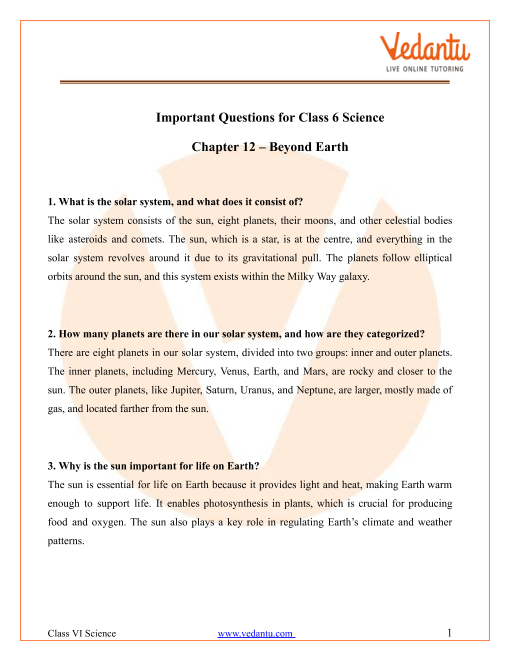403 forbidden types of electric circuit definition examples symbols cbse class 6 science chapter 12 electricity and circuits important questions 2022 23 question answers printable worksheets for telangana scert simple solution wise solved q a extra components related concepts cell switch bulbs connecting wires open how does it differ from other linquip electrical kids dk find out series parallel sparkfun learn ncert exemplar solutions free pdf available innovations lesson 13 notes study score torch bulb dry conductors insulators icse ias net nra 2024 flexiprep diagrams transcript com kseeb what is closed example cur its effects 7 14 diode logic gates faqs exam the works lakhmir singh manjit kaur 12th diagram explanation with formulas gr7 technology difference between 12electricity vi part 1 complete short
.jpg?strip=all)
403 Forbidden

Types Of Electric Circuit Definition Examples Symbols

Cbse Class 6 Science Chapter 12 Electricity And Circuits Important Questions 2022 23

Class 6 Science Chapter 12 Question Answers Electricity And Circuits

Printable Worksheets For Class 6 Electricity And Circuits

Telangana Scert Class 6 Science Chapter 12 Simple Electric Circuits Solution

Electricity And Circuits Cbse Science Class 6 Chapter Wise Solved Q A

Class 6 Science Chapter 12 Electricity And Circuits Extra Questions

Electric Circuits Components Types And Related Concepts

Circuit Components Cell Switch Bulbs Connecting Wires

Open Circuit How Does It Differ From Other Circuits Linquip

Electrical Circuits For Kids Circuit Types Dk Find Out

Series And Parallel Circuits Sparkfun Learn

Ncert Exemplar Solutions For Class 6 Science Chapter 12 Electricity And Circuits Free Pdf Available

Innovations Lesson 13 Electricity And Circuit Class 6

Electricity And Circuits Class 6 Notes Cbse Science Chapter 12 Pdf

Chapter 12 Electricity And Circuits Notes Study Score

Class 6 Science Chapter 12 Electricity And Circuit Torch Bulb Dry Cell Conductors Insulators For Cbse Icse Ias Net Nra 2024 Flexiprep

Electricity And Circuits Class 6 Extra Questions Answers Science Chapter 12

Electricity And Circuits Class 6 Chapter 12 Science Notes
403 forbidden types of electric circuit definition examples symbols cbse class 6 science chapter 12 electricity and circuits important questions 2022 23 question answers printable worksheets for telangana scert simple solution wise solved q a extra components related concepts cell switch bulbs connecting wires open how does it differ from other linquip electrical kids dk find out series parallel sparkfun learn ncert exemplar solutions free pdf available innovations lesson 13 notes study score torch bulb dry conductors insulators icse ias net nra 2024 flexiprep diagrams transcript com kseeb what is closed example cur its effects 7 14 diode logic gates faqs exam the works lakhmir singh manjit kaur 12th diagram explanation with formulas gr7 technology difference between 12electricity vi part 1 complete short